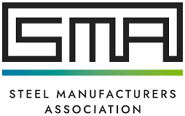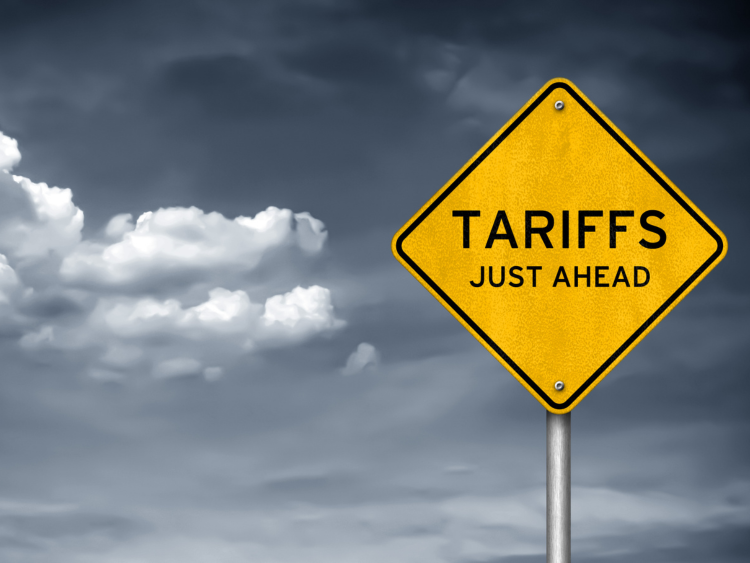Trade Cases

SMA: A Closer Look at the EU-US Global Arrangement Talks
Written by Philip Bell
October 13, 2023
The US will host the European Commission and the European Council at a summit in Washington on Oct. 20. A trade agreement on steel and aluminum will likely be on the agenda.
It’s worth taking a moment to consider the importance of such a deal and what it could mean for American steelmakers and other manufacturers.
First, an agreement between the US and Europe on steel and aluminum would eliminate the risk of tit-for-tat tariffs that hurt everyone involved. In the absence of a deal, Trump-era tariffs on imported steel would automatically return, and retaliatory tariffs on US goods exported to Europe, such as whiskey and motorcycles, would likely come back, too.
Second, a smart trade deal would give preferential treatment to steel made with lower carbon emissions while sidelining steel made in inefficient processes that rely heavily on fossil fuels. Clean steel is essential to the low-carbon energy transition, and America leads the world in clean steel production. Europe is close behind.
Third, the Global Arrangement could reduce the economic threat to American steelmakers posed by steel from non-market economies that have excess steel capacity. China and other countries that subsidize production of dirty steel gain an unfair advantage in the global marketplace. Many of the producers of subsidized, coal-intensive steel are adding capacity, not reducing it. And the transshipment of steel products that originate in those countries makes enforcement of trade rules more difficult.
At the request of the US Trade Representative (USTR) Katherine Tai, the International Trade Commission (ITC) in the Commerce Department has undertaken a fact-finding investigation into carbon emissions produced during the manufacture of dozens of steel products by American steel mills.
The ITC plans to use a questionnaire to collect emissions data from every steelmaking facility in the country. A public hearing on the process is scheduled for Dec. 6, and the questionnaire will be sent to steelmakers soon afterward. The ITC must submit its report to the USTR in January 2025.
The Steel Manufacturers Association has coordinated tours for ITC commissioners and staff members at facilities at mills operated by several of our members, including Gerdau in Petersburg, Va.; Steel Dynamics Inc. in Butler, Ind.; and Nucor in Crawfordsville, Ind. You can learn more about one of the tours at https://steelnet.org/u-s-international-trade-commission-visits-sma-member-steel-mills/.
We welcome the ITC investigation. Good information is essential to good decision-making.
We also know the numbers will tell an important story about US manufacturing: American steelmakers, using capital they raised on their own and without government intervention, have invested in the cleanest, safest steel production in the world.
That’s why so much is riding on the Global Arrangement. Done well, it could not only improve trade relations between the US and Europe. It could also ensure that American steelmakers get the credit they deserve for leading the way on sustainable manufacturing and moving the global economy closer to its net zero target before it is too late.
Philip Bell
Read more from Philip BellLatest in Trade Cases

Price on Trade: The foolishness of free trade with controlled economies
It was only a matter of time before a shutdown happened. And, no, we aren’t talking about the federal government’s lapse in appropriations. On Oct. 9, Beijing announced a series of restrictions that will effectively shut down exports of rare earth elements, magnets, and certain downstream products vital to advanced manufacturing.

Trump pulls plug on trade talks with Canada after anti-tariff Reagan ad
US President Donald Trump took to social media late Thursday night to announce he was canceling trade talks with Canada.

Leibowitz: Renewed trade war with China over rare earths
On Oct.10, President Trump announced major increases in tariffs on Chinese goods. The trigger was a new regime of export controls on rare earth metals and products using those elements, including magnets, capital equipment, and catalysts for catalytic converters in cars and trucks.

Industry piles on new Section 232 steel derivative inclusion requests
The Department of Commerce received 97 submissions from producers, manufacturers, and groups seeking Section 232 tariff coverage for steel and aluminum derivative products.

Price on Trade: New EU steel tariffs don’t mean the US should weaken its stance
Any steel imports into the EU that exceed the new, lower quota level would be subject to a 50% tariff, which represents a major increase from the EU’s current 25% out-of-quota tariff. This move would largely align the EU’s steel tariff rate with Canada and the United States.
